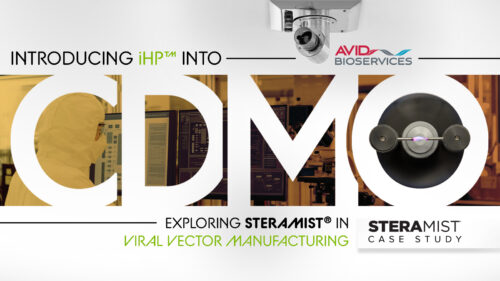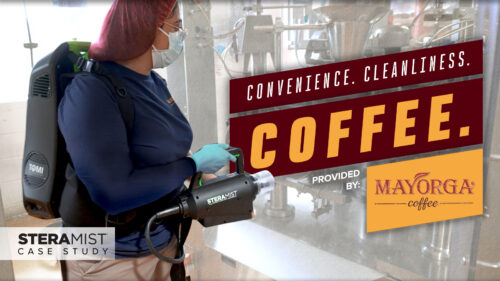Choosing Hospital-Grade Disinfection
Choosing the right hospital-grade disinfectant is a critical decision for healthcare providers, one that has direct implications for the control and prevention of infections within healthcare settings. The complexity of this decision is underscored by the diverse range of microorganisms that healthcare facilities compete with, each requiring specific strategies for effective reduction. In a detailed session with Patty Olinger, JM, an expert with extensive experience in healthcare and life sciences, insights were shared on the challenges and considerations essential to selecting and utilizing disinfectants effectively.
EVS and Infection Control
Professionals in environmental services play a crucial role in infection control, tasked with identifying and combating specific viruses, bacteria spores, and even mold spores. “To do this effectively, comprehensive training that goes beyond basic bloodborne pathogen education is essential. Such training should cover the spectrum of pathogens found in healthcare environments, strategies for breaking the chain of infection, and the selection of appropriate chemical solutions for disinfection,” states Patty Olinger, PM. When the exact microorganism is unknown, a broad-spectrum disinfectant like SteraMist ionized Hydrogen Peroxide (iHP) is recommended due to its EPA registration as a hospital-healthcare broad-spectrum disinfectant and its proven effectiveness against a wide range of microorganisms.
Maintaining Effective Healthcare Disinfection Practices
Another challenge in maintaining effective disinfection practices is the phenomenon of quat binding. Patty further describes, “This issue, which affects disinfectants containing quaternary ammonium chloride (quats), can significantly reduce the effectiveness of these chemicals when they become absorbed by cleaning materials. Understanding the science behind quat binding and implementing strategies to prevent it, such as using microfiber cloths and fresh solutions, is vital for ensuring disinfectants perform as intended.”
The fight against resistant microorganisms like Clostridioides difficile (C. diff) further emphasizes the need for careful selection of disinfectants. With some strains showing resistance to traditional options like bleach, healthcare providers must turn to alternatives listed on the EPA’s List K, which includes products approved for combating C. diff. SteraMist’s iHP technology stands out as a valuable tool in this regard, known for its efficacy without the drawbacks associated with bleach.
Traditional Cleaners vs. Hospital-Grade Disinfectants
The distinction between traditional and hospital-grade cleaners and disinfectants is also crucial. Hospital-grade products undergo rigorous testing to meet stringent standards, ensuring they can achieve high-log reductions of targeted microbes. Choosing an ineffective disinfectant not only increases the risk of Healthcare-Associated Infections (HAIs) but can also lead to surface damage and increased hospital expenses. ”It’s essential for Environmental Services (EVS) staff to receive comprehensive training in the selection and application of the right products, the implementation of effective techniques, and the use of proper tools and equipment to ensure a healthcare environment that is both clean and protected.” Patty elaborates.
Training Healthcare Frontline Staff
Training frontline staff on the specifics of chemical use, including the importance of dwell times for different microorganisms, is another key aspect of effective infection control. Innovated disinfectants like SteraMist offer low dwell times and high efficacy, balancing protection for staff and patients while avoiding damage to equipment. The implementation of an integrated audit program is essential for verifying and validating cleaning practices, identifying gaps, and enhancing overall infection prevention strategies.
In conclusion, the selection and use of hospital-grade disinfectants in healthcare settings are multifaceted challenges that require detailed knowledge, careful consideration, and rigorous training. By addressing these challenges head-on, healthcare providers can significantly reduce the risk of infections, safeguard patient health, and promote a healthy environment for both patients and staff.



